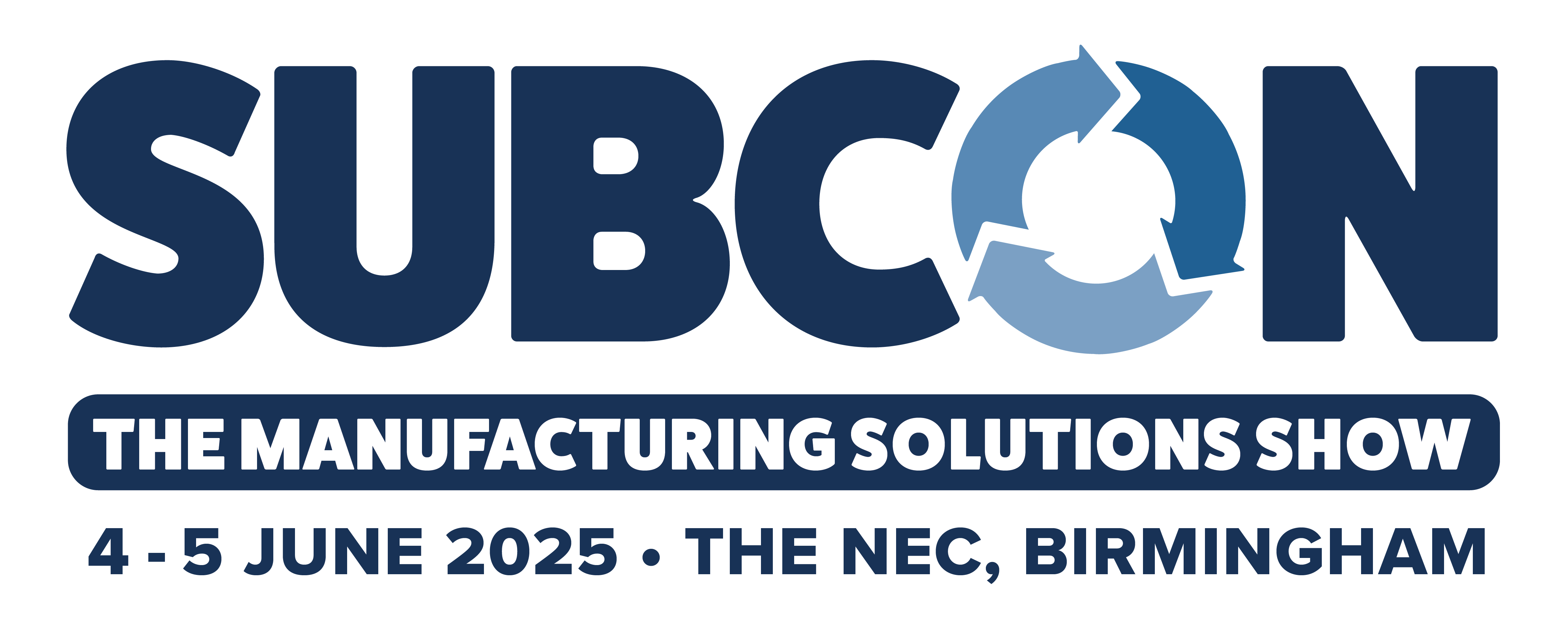Overmoulding
About Overmoulding
The process of overmoulding involves adding an additional layer of material to an existing component. Typically, this is either plastic on metal or plastic on plastic.
Plastic on metal
In this type of overmoulding, a metal part is inserted into the mould and a plastic polymer is injection-moulded around the metal part. This may entail some of the metal protruding externally beyond the plastic or the metal may be encased but with key parts exposed.
Why might this be needed?
There are many situations where this process is advantageous and it is very common in electrical and electronic areas (perhaps consider a two or three pin plug). Plastics are generally more lightweight and cheaper than metals, with very different conductive and thermal properties.
Plastic on plastic
We use this type of overmoulding with a range of different materials, often with a substrate made from ABS and an overmould with a TPE or acrylic. The skill here is to secure full bonding between the materials to ensure longevity and robustness. This is achieved through a combination of temperature, the speed and pressure of the injection process, and the cooling parameters.
Not all material combinations can be successfully bonded, but our team have built expertise over many years.
Why might this be needed?
The most common reasons we are asked to overmould plastic on plastic are:
o When a rigid, functional interior is required but an aesthetically pleasing exterior casing is desired;
o When a rigid, functional device is required but with a softer, tougher, easier to grip area on the outside;
o To establish a permanent seal which may well require a softer material than the rest of the component.
Mechanical overmoulding
Where a chemical bond is not possible, the overmould must be mechanically fixed to the substrate. This involves modifying the original part to have holes or cut-outs through which the overmoulded material can flow and set. The overmoulded material must fully encapsulate the substrate from both sides in the area of the fixing in order for the fixing to work. This complicates the moulding process as a shut-out is required on both sides of the substrate
Categories
- Assembly Work
- CAD / CAM / CAE
- CNC Machining
- Complete Manufacturing Services
- Design Services
- Electronic Components
- Electronic Manufacturing Services
- Design Engineering Consultancy Services
- Gaskets
- Machining
- Materials – Plastics
- Multi Axis / Multi Tasking Machines
- Plastic Electronics
- Plastic & Rubber Components
- Plastic Injection Moulding
- Plastic Mouldings
- Rapid Prototyping
- Rubber Injection Moulding
- Press Tools
- Tooling, Press & Die
- Tools & Tooling
- Turning, Milling & Machining




)
)
)
)
)
)